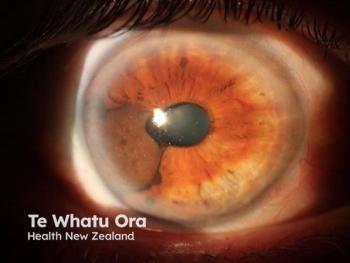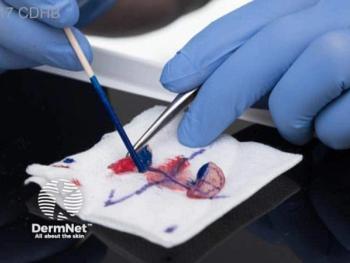
Available Sunscreen products
Expert dermatologist, Susan Taylor, MD, FAAD, discusses available sunscreen options to patients.
Episodes in this series

Susan Taylor, MD, FAAD: Fortunately, there are several options that are available to protect against the damage of visible light. The first are tinted sunscreens. Tinted sunscreens contain a blend of iron oxide, as well as pigmentary titanium dioxide. What we know is that iron oxide and pigmentary titanium dioxide help to reduce the visible light transmission, and it can reduce that transmission by up to 90%. In addition, we know that certain antioxidants can reduce the effect of visible light by decreasing reactive oxygen species and there are several antioxidants currently on the market that can do that.
There are 4 far more ultraviolet fillers that are used in sunscreen products in Europe as compared with the United States. We have very few UV filters. At the present time, research is occurring to look at the safety and efficacy of some of those additional filters that are being used throughout the world. In addition, there’s now a movement to better understand the use and utility of oral antioxidants such as polypodium leucotomos, which is derived from a fern from Central and South America and that particular antioxidant is well accepted by patients because it’s considered more natural from a natural source for example.
5 AOX shields contain ingredients that are antioxidants and it contains 5 antioxidants. What do antioxidants do? They neutralize free radicals. The 5 antioxidants in the AOX shield include licochalcone A, glycyrrhetinic acid, vitamin E, vitamin C, and DESM [diethylhexyl syringylidene-malonate]. We have found that combining these 5 antioxidants to neutralize free radicals help to reduce the transmission of visible light. It can be helpful in particular for individuals with darker skin tones who experience hyperpigmentation. 5 AOX shield is found in 1 particular brand of sunscreen, and most other sunscreen brands do not contain this same shield or multiple antioxidants.
Transcript Edited for Clarity
Newsletter
Like what you’re reading? Subscribe to Dermatology Times for weekly updates on therapies, innovations, and real-world practice tips.


















